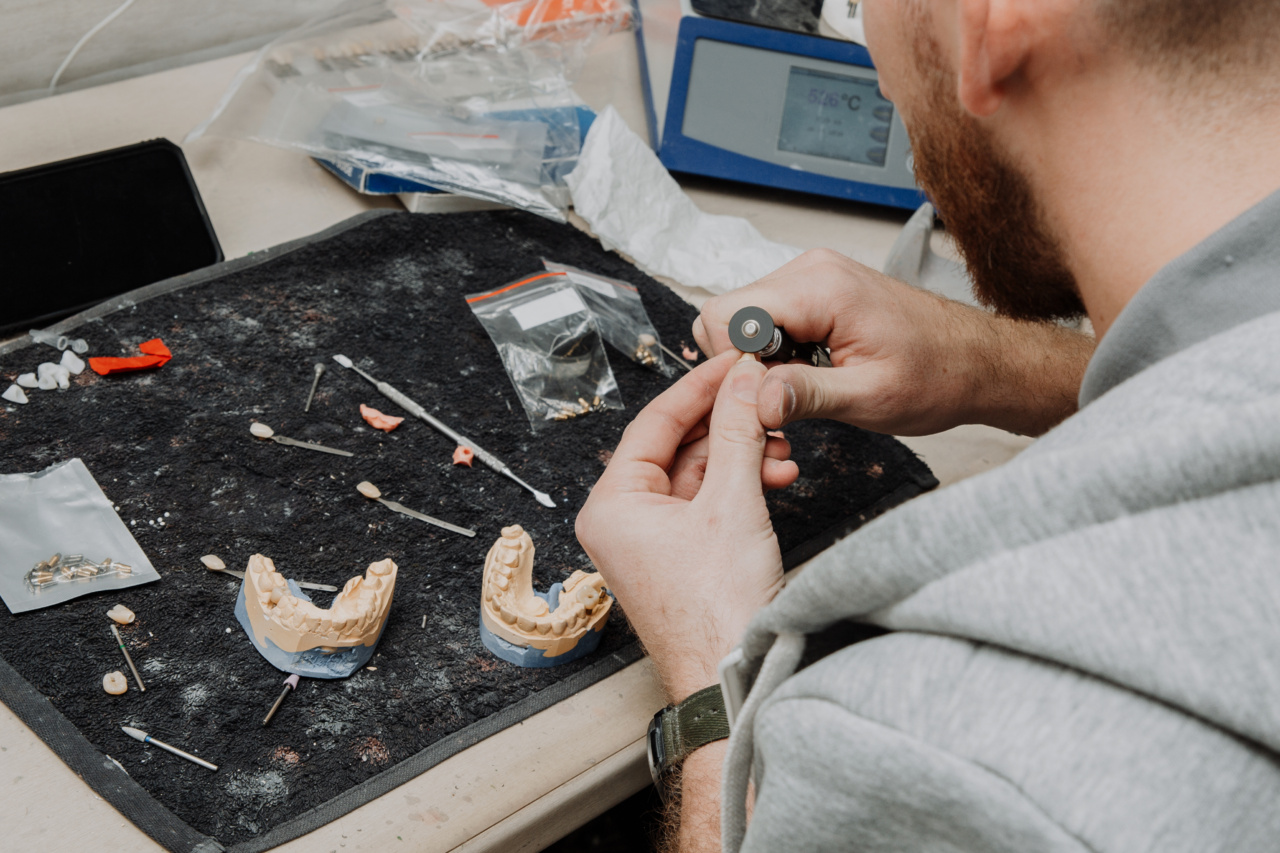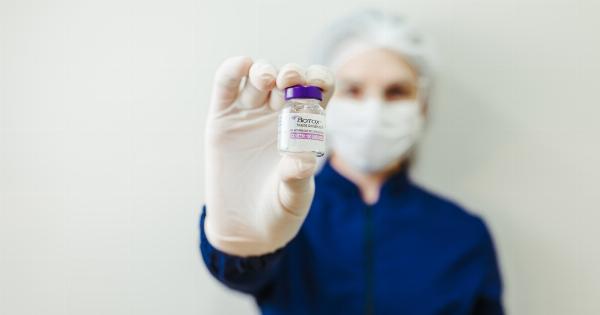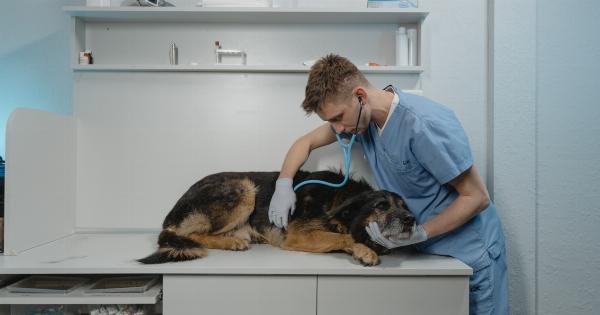The Evangelism community is buzzing with excitement over the unveiling of a revolutionary pacemaker implantation technique that promises to improve the lives of millions of patients suffering from heart conditions.
Developed by a team of expert cardiologists, the new technique offers a minimally invasive solution for implanting pacemakers that significantly reduces the risks and costs associated with traditional procedures.
What is a Pacemaker?
A pacemaker is a small, battery-operated device that is implanted under the skin, typically near the collarbone, to help regulate the heartbeat.
It sends electrical signals to the heart to maintain a regular rhythm when the heart’s natural pacemaker, the sinoatrial node, is not working correctly. Pacemakers are commonly used to treat conditions such as bradycardia (a slow heartbeat), heart block, and heart failure.
Traditional Pacemaker Implantation Techniques
Traditional pacemaker implantation techniques involve making a incision in the chest and creating a pocket under the skin to hold the pacemaker.
The leads, which are thin wires that carry the electrical signals to the heart, are threaded through veins into the heart. This procedure is typically performed under general anesthesia and carries a risk of bleeding, infection, and damage to the blood vessels and nerves near the heart.
The recovery time is often several days, and patients may need to stay in the hospital for monitoring.
The Revolutionary Implantation Technique
The new pacemaker implantation technique unveiled in Evangelism is a significant improvement over traditional methods.
It uses a small incision, typically around 1/10th of the size of those used with traditional methods, to implant the pacemaker under the skin. The leads are then guided through the veins using a specialized tool that reduces the risk of damage to the blood vessels and nerve tissue.
The procedure is performed under local anesthesia, which means patients are awake and can provide feedback during the procedure. The recovery time is significantly reduced, with most patients able to go home the same day and resume normal activities within a few days.
Benefits of the New Pacemaker Implantation Technique
The new pacemaker implantation technique offers several advantages over traditional methods:.
- Minimally Invasive: The small incision and use of a specialized tool for threading the leads means that there is less trauma to the body, reducing the risk of complications and shortening recovery time.
- Reduced Risk: The new technique significantly reduces the risk of bleeding, infection, and damage to blood vessels and nerves near the heart.
- Cost-effective: The procedure can be performed in a day setting, making it more cost-effective than traditional methods that require an inpatient hospital stay.
- Shorter Recovery Time: Patients can return home the same day and typically resume normal activities within a few days, as opposed to several days of hospitalization and a lengthier recovery period seen with other methods.
Outlook for Patients Needing Pacemakers
The new pacemaker implantation technique unveiled in Evangelism is a major breakthrough in the treatment of heart conditions that require pacemakers.
Patients who require pacemakers can now enjoy the benefits of a minimally invasive procedure, with reduced risks and costs associated with traditional methods. Cardiologists worldwide are continuing to study this technique, and early feedback is very positive.
The Evangelism community is proud to be at the forefront of this advancement in medical technology, and we look forward to the improved quality of life for our patients.
Conclusion
The new pacemaker implantation technique unveiled in Evangelism is a game-changer in the treatment of heart conditions.
This minimally invasive technique offers significant advantages over traditional methods, reducing the risks to patients and lowering the costs for healthcare providers. While early results are promising, we can expect to see much more research taking place in this field, leading to further improvements and advancements.



























